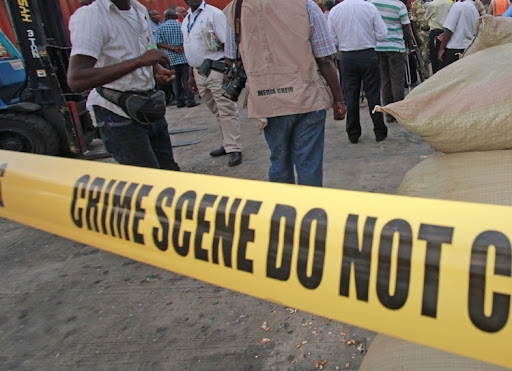This was a great motivation to humanitarian service providers.
However, it’s unimaginable that there is no single policy in place to guide the operations of emergency medical care in Kenya. Organisations that offer these services solely rely on their standard operating procedures.Twenty-one years since the 1998 bomb blast when the practice of emergency medical services begun in Kenya, we’ve witnessed great development in the sector.
Ambulances are no longer vehicles of just transporting the injured but allow care of critically ill patients, as some are fixed with a medical ventilator (life support machine). Under the operation of trained emergency medical technicians, they are able to sustain life and evacuate Kenyans for advanced care.
EMTs still remain unrecognised under the Kenya health system and this creates operational hardship that includes taking longer time in handing over patients to hospitals. The launch of emergency medical care policy that was expected to address most of these challenges including EMTS affairs and wellbeing staged at KNH last year failed to take place when the Health CS failed to appear.
MoH cited lack of implementation framework. One year later the pre-hospital care providers are yet to see the framework and launch of the policy. The World Bank indicates the implementation of “effective, prioritised, timely emergency care has the potential to address 45 per cent of deaths and 36 per cent of disability in low- and middle-income countries”.
This necessitates the framework
Nairobi











